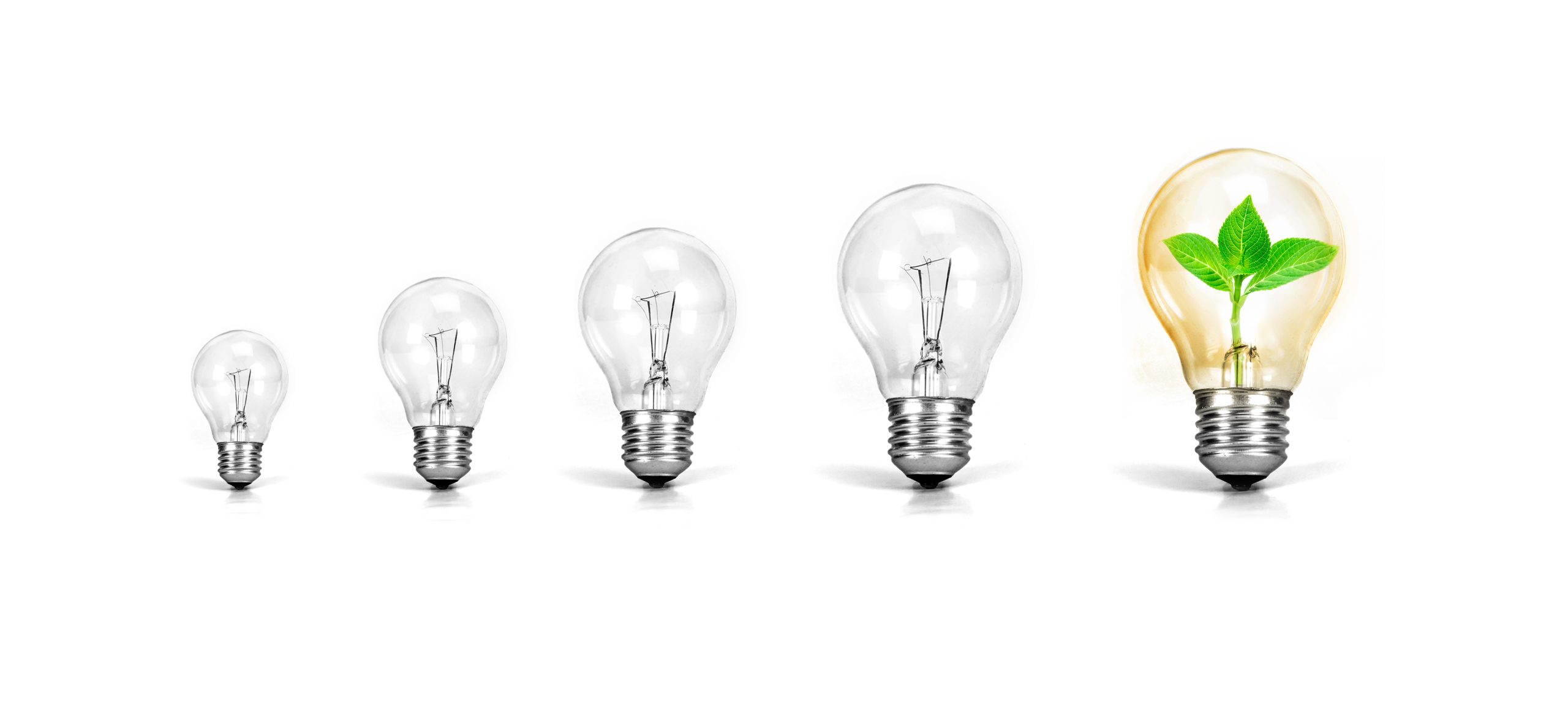Global warming is getting a lot of attention lately as politicians argue about it, and as car makers, builders, technology companies and players in almost every industry grapple with the challenges of operating in a more environmentally responsible way.
And when it comes to greenhouse gas emissions, the construction industry is one of the biggest culprits. According to the US Green Building Council (USGBC), the commercial and residential building sector accounts for 39% of carbon dioxide (CO2) emissions in the United States per year, more than any other sector. According to recent projections, CO2 emissions from buildings will continue to escalate over the next 25 years — up to 1.8% a year through 2030. If you add to that the emissions from manufacturing and transporting of construction materials, it’s even higher.
What’s more, the lifespan of a building is 50-100 years — and they continually consume energy and produce CO2 emissions. But if half of new commercial buildings used 50% less energy, annual CO2 would be reduced by over six million metric tons over the building’s lifespan. The USGBC likens that to taking more than 1 million cars off the road, every year.
What Makes a Building Green?
Green buildings are one way to combat climate change caused by greenhouse gas emissions and other factors. And green buildings save building owners money through reduced energy and water consumption, and lower long-term operations and maintenance costs.
For these reasons, many construction firms are adopting green building practices, according to the World Green Building Trends 2018 SmartMarket Report, released by the USGBC and Dodge Data & Analytics. The report, which surveyed 2,000 building professionals, found that global green building activity continues to rise, with significant increases expected in 19 countries over the next three years. Of building owners surveyed for the report, 57% plan to make the majority of their projects green by 2021.
But what makes a building “green”? Here are six key elements:
-
- They’re LEED-certified: Green buildings meet the standards of the Leadership in Energy and Environmental Design (LEED) specification. According to the U.S. Chamber of Commerce, LEED-certified buildings are estimated to have $1.2 billion in energy savings, $149.5 million in water savings, $715.2 million in maintenance savings and $54.2 million in waste savings.
-
- They’re smart: Historically, the various systems of a building such as lighting, heating, ventilation and video surveillance have operated separately. In a smart building, all of the operational systems communicate using Internet of Things (IoT) connectivity. IoT connectivity reduces resource consumption — sensors detect changes in activity and communicate with other systems to preserve resources, for example, reducing the temperature. Smart buildings stand to reduce the carbon footprint dramatically, while increasing revenue opportunities and enabling the delivery of new business models.
-
- They’re energy-efficient: The most significant factor contributing to CO2 emissions from buildings is their use of electricity. In fact, commercial and residential buildings account for more than 70% of electricity use in the U.S. LEED-certified buildings use, on average, 32% less electricity and save 350 metric tons of CO2 emissions annually. In addition to using sensors to preserve resources, green buildings make use of energy efficient bulbs and daylight controllers, which switch on only when natural light is insufficient. Energy-efficient windows and solar power can also help reduce electricity needs in a building.
-
- They use green building materials. Green building materials reduce environmental impact by cutting gas emissions and the use of toxic chemicals. Examples of green building materials include bamboo, cork, reclaimed wood and mycelium (rootlike fibers found on mushrooms).
- They’re built with less waste: Construction firms employing green building techniques may use offsite construction, which helps reduce waste. Offsite construction consists of the planning, designing, fabricating and assembling building components somewhere other than the place where they will be installed (and includes prefabrication and modular construction). Because detailed up-front planning is necessary to produce modules in bulk and designs are repeatable, builders make fewer mistakes and don’t waste materials. As a result, offsite construction facilities produce up to 40% less waste than traditional construction.
Increase Efficiency with Solar-Powered Cameras on the Jobsite
Construction cameras improve worker productivity, reduce travel requirements for stakeholders, and make it easy to survey and document activity on the jobsite. They help construction projects stay on schedule, and help project managers ensure policies for green construction are consistently enforced. Look for solar-powered cameras to reduce your carbon footprint even more.
But cameras aren’t only for documentation. You can live stream footage of green processes taking place during construction, or use images and video clips in a campaign around green construction, to market your services and set yourself apart from competitors. Why would you want to do this? Because investors are beginning to see green construction as an important criteria, and because green buildings are more marketable. In fact, research from Dodge Data & Analytics shows green buildings command a 7% increase in asset value over traditional buildings.
Want to take your green initiatives to the next level? TrueLook’s solar-powered construction cameras operate off the grid, providing a green-friendly option for documenting your green building projects. Watch a demo.


